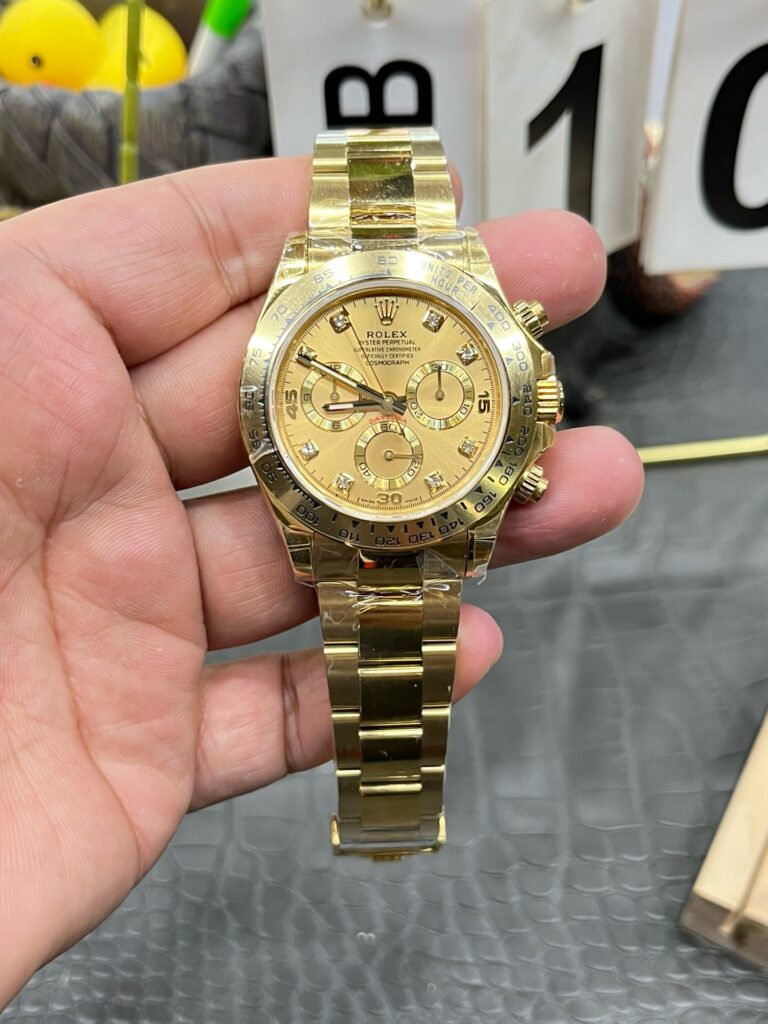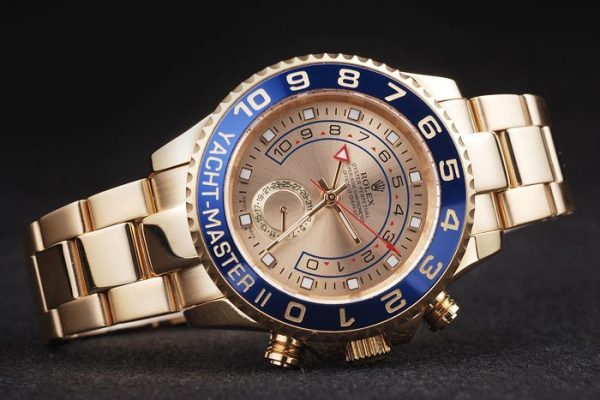
What Makes the Rolex Watch So Expensive Compared to Other Swiss Watches
Rolex watches often come with a price tag that far exceeds that of many other Swiss watches. While there are numerous high-end Swiss watchmakers, Rolex stands out for its unique combination of craftsmanship, brand prestige, and meticulous attention to detail. But what exactly makes a Rolex so expensive compared to other Swiss watches?
Rolex has built an unparalleled reputation over its more than a century of existence. Founded in 1905, the brand has become a symbol of success, achievement, and timeless elegance. Its association with explorers, athletes, and influential figures has cemented its status as a cultural icon. This level of prestige allows Rolex to command higher prices, as owning one is often seen as a statement of personal accomplishment and refined taste. While other Swiss brands like Omega and Patek Philippe also have rich histories, Rolex’s global recognition and aspirational value are unmatched.

Unlike many other watchmakers that outsource parts of their production, Rolex maintains complete control over its manufacturing process. The company designs, develops, and produces nearly every component of its watches in-house, from the movement to the case and bracelet. This vertical integration ensures exceptional quality control and allows Rolex to innovate continuously. For example, replica Rolex has its own foundry to create its proprietary 904L stainless steel, which is more corrosion-resistant and durable than the 316L steel used by most other brands. Such dedication to in-house production significantly increases costs but also ensures unparalleled consistency and reliability.
Every Rolex watch is a masterpiece of precision engineering and craftsmanship. The brand employs highly skilled artisans who spend countless hours assembling, testing, and fine-tuning each watch. For instance, the movement of a Rolex watch is assembled by hand and subjected to rigorous testing to ensure accuracy and durability. The brand’s commitment to perfection extends to even the smallest details, such as the polishing of the case and the alignment of the dial markers. This level of craftsmanship requires significant time and expertise, contributing to the high cost of production.
Rolex spares no expense when it comes to materials. Whether it’s the 18-karat gold, platinum, or proprietary Cerachrom ceramic used in its bezels, Rolex selects only the finest materials for its watches. The brand also uses scratch-resistant sapphire crystal for its watch faces, ensuring long-lasting clarity and durability. Additionally, Rolex’s commitment to sustainability, such as sourcing ethical gold and diamonds, further adds to the cost. These premium materials not only enhance the watch’s aesthetic appeal but also its longevity and performance.

Rolex watches undergo some of the most stringent testing in the industry. Each watch is certified as a Superlative Chronometer, meaning it has been tested to meet Rolex’s own standards for precision, power reserve, and water resistance. These tests far exceed the requirements of the Swiss Official Chronometer Testing Institute (COSC).